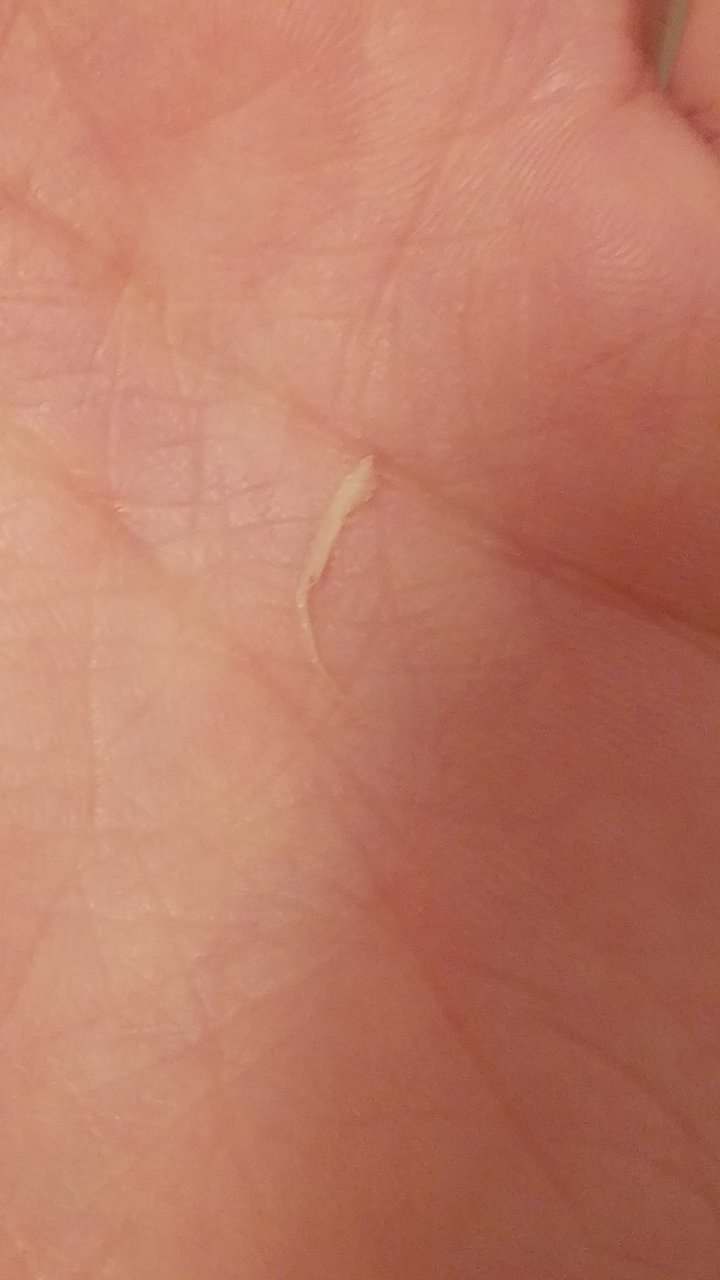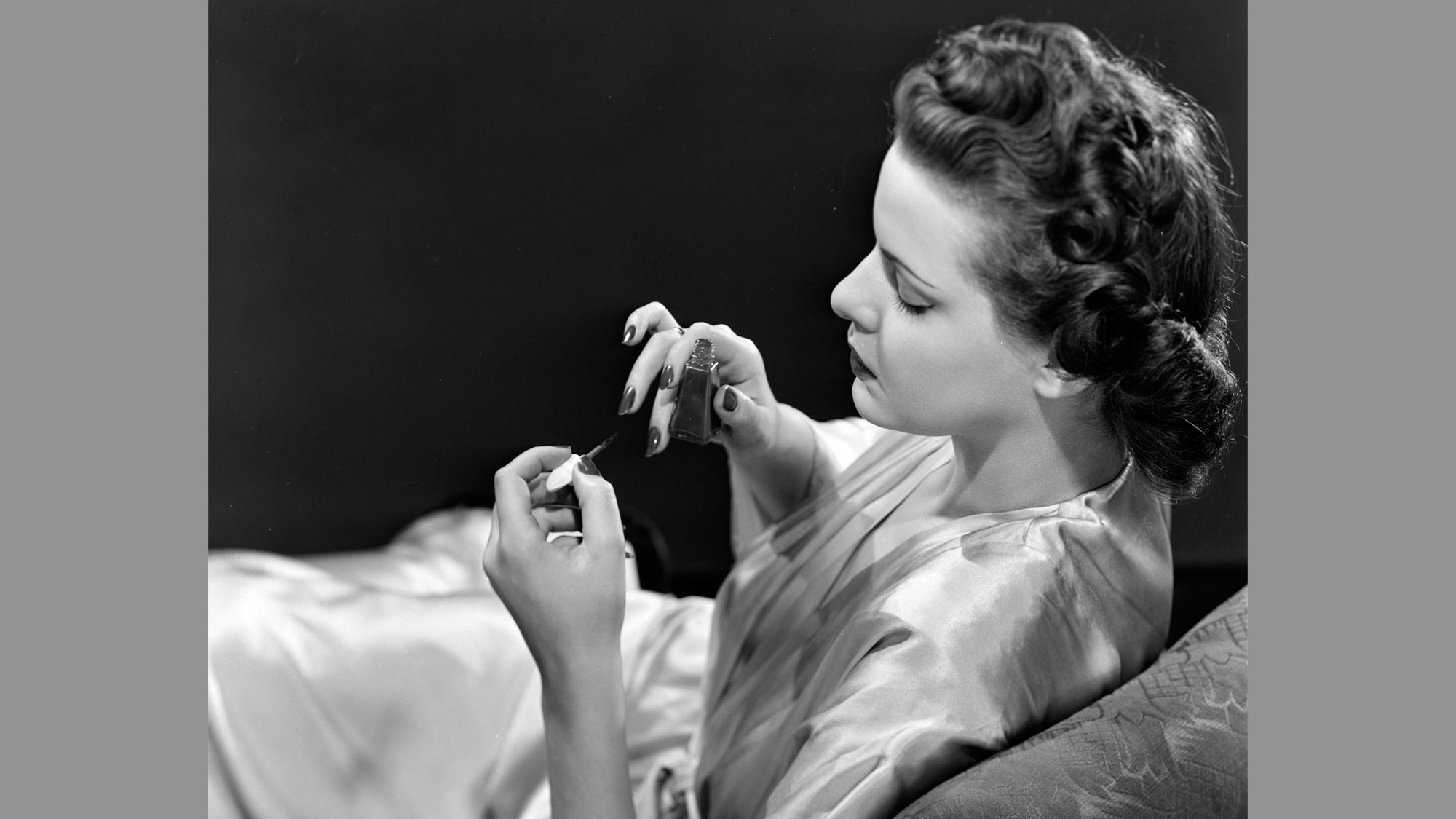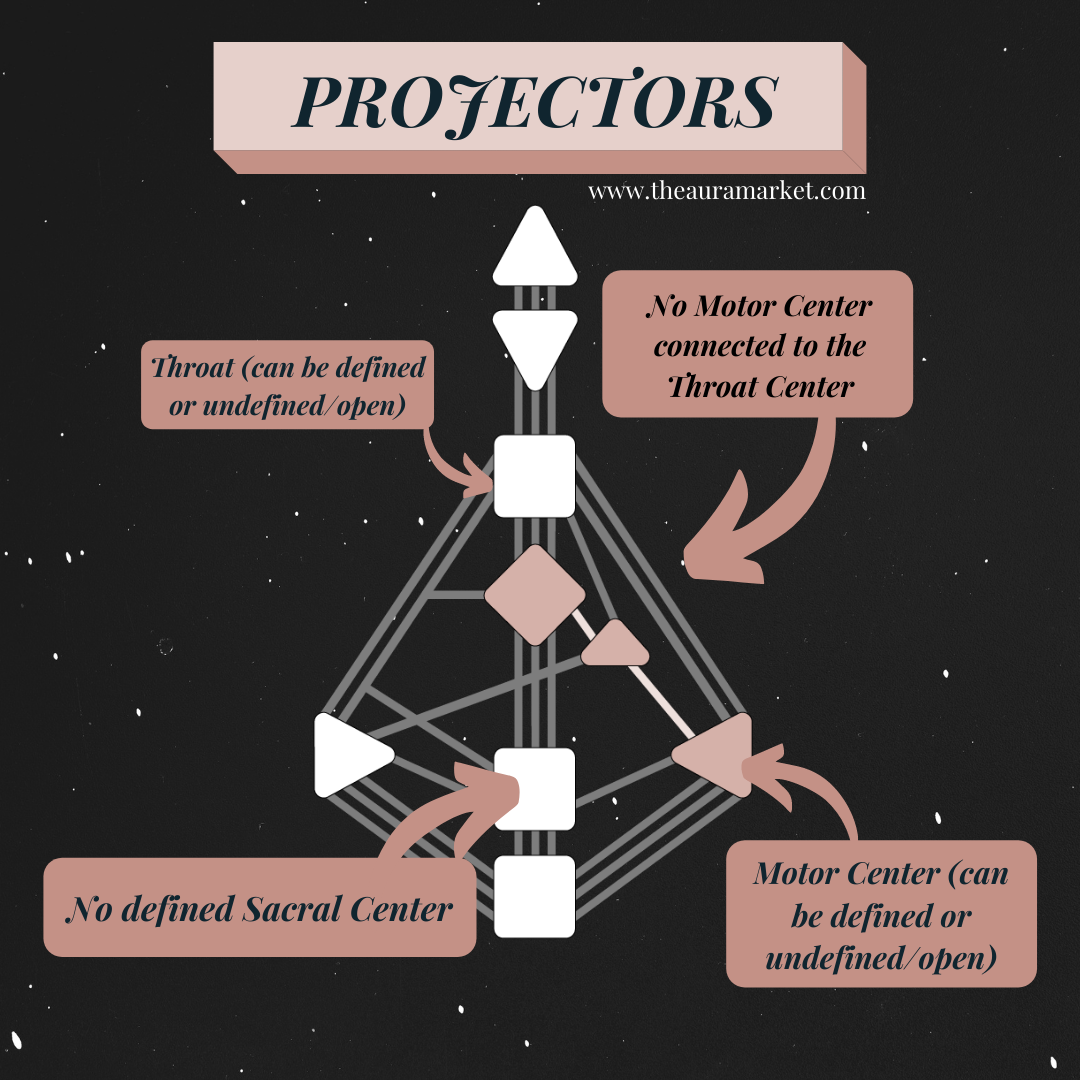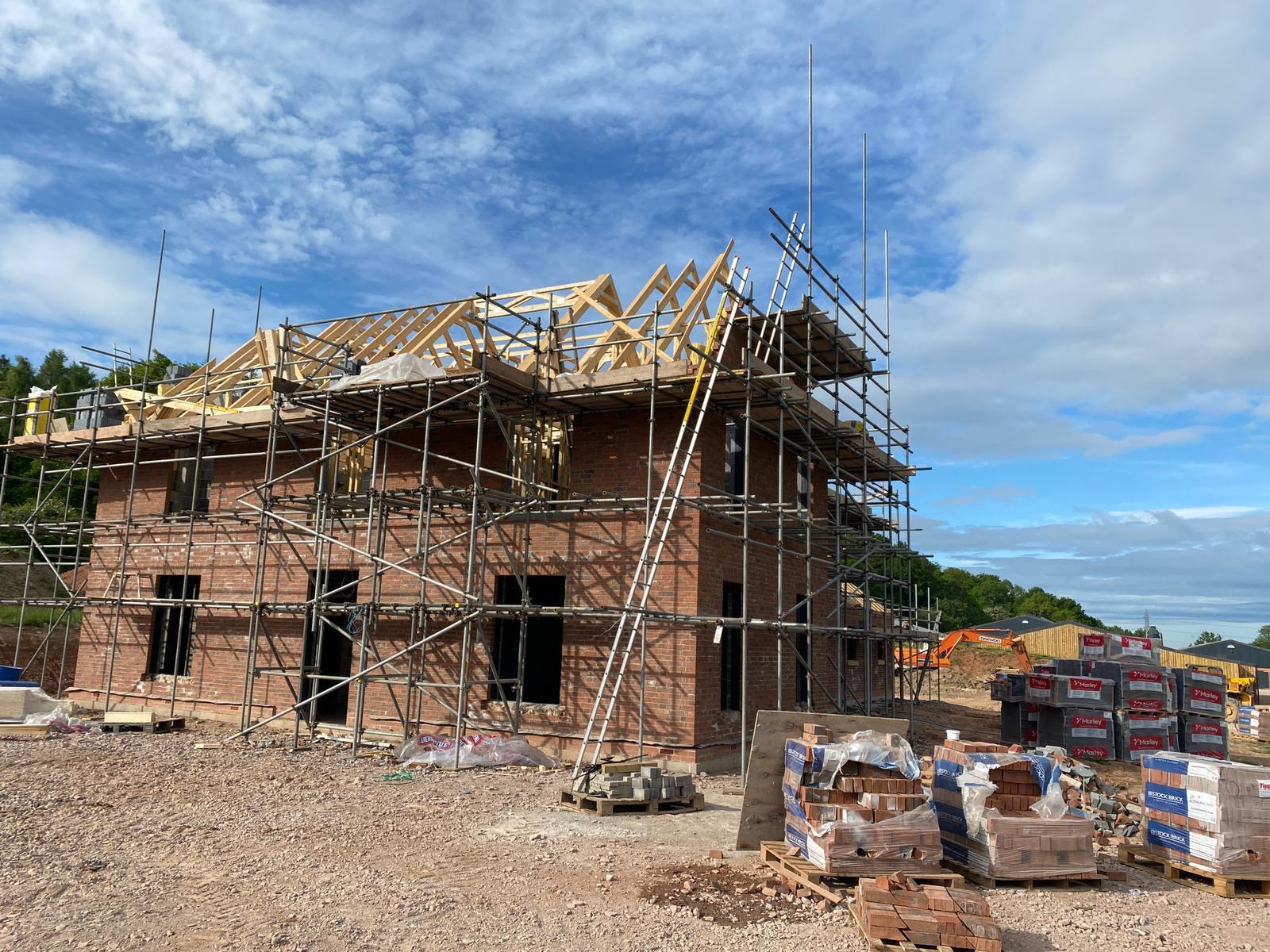Table Of Content

It influences factors such as bass response, imaging, and overall soundstage. Properly designed enclosures eliminate unwanted resonances, reduce vibration, and control the dispersion of sound waves, resulting in more accurate and immersive audio reproduction. To ensure optimal performance of hi-fi speakers, testing and evaluating them is essential. Frequency response testing, distortion testing, and listening tests are the key sub-sections involved in this process. Each sub-section allows for a comprehensive assessment of speaker performance, addressing specific aspects such as frequency range, distortion levels, and subjective sound quality.
Shared projects
One of these is placing the drivers in a neat row, exactly in the centre of the baffle. While this means there's no 'left' or 'right' speaker (they are interchangeable), it also means that diffraction effects are magnified. This is commonly the edge of the cabinet, but it includes adjacent speaker drivers as well. Some people consider that diffraction effects are inconsequential, but IMO it's better to err on the side of caution.
Contract Speaker Cabinet Boxes Fabrication
By following these pointers, users can optimize the performance of their hi-fi speakers and make the most out of their sensitivity features to enjoy an exceptional listening experience. Moreover, higher sensitivity speakers are more efficient in converting electricity to sound waves. Sensitivity of a hi-fi speaker relates to its ability to transform electrical signals into audible sounds. This is a key factor affecting the overall speaker performance and quality. By following these steps, you can choose the right amplifier that provides dynamic sound and an immersive listening experience. Solid state amps boast high power, low distortion, and dependable performance.
What is the Difference Between Digital and Analog Audio?
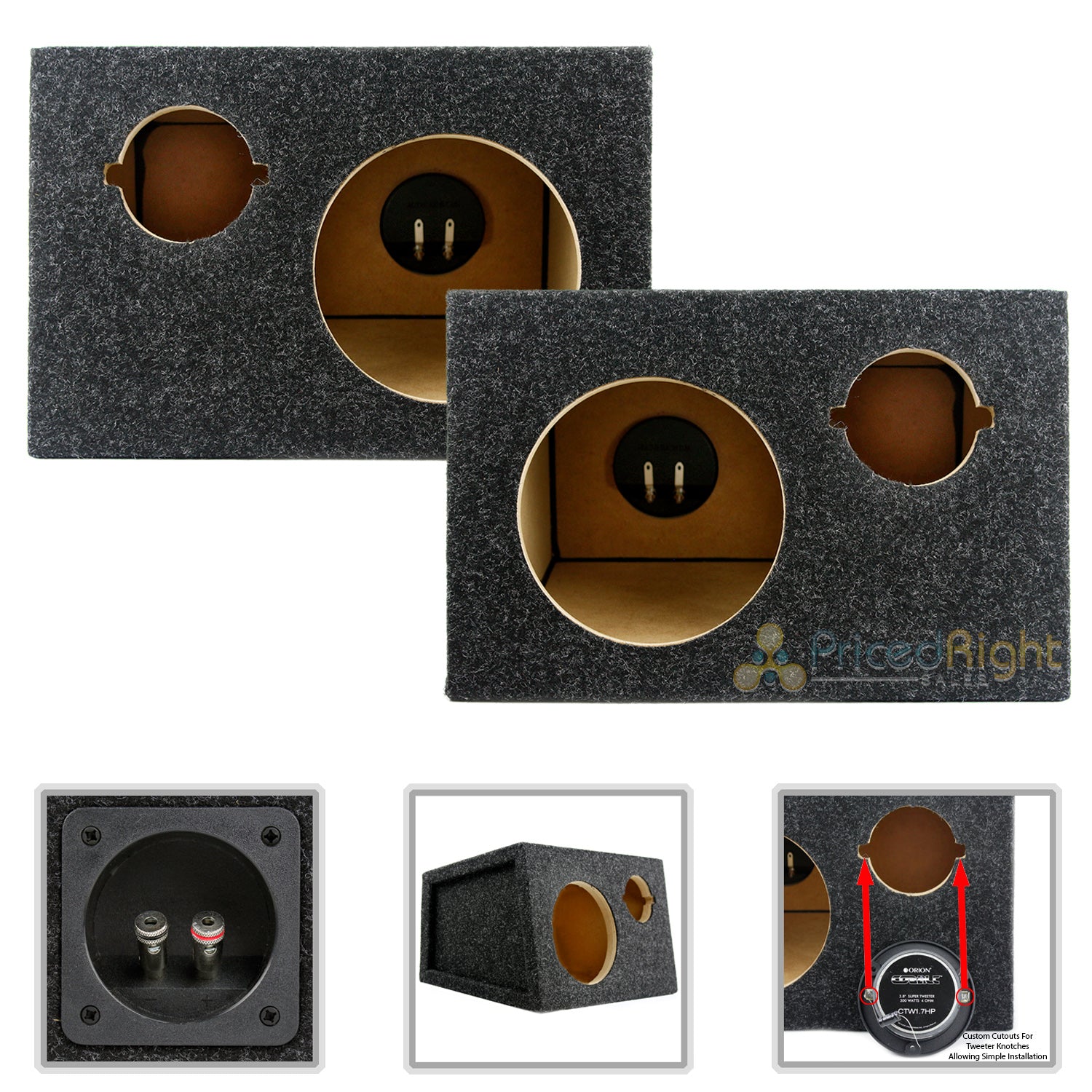
For example, using ultra-hard (perhaps tungsten tipped) spikes on a tiled floor is probably unwise. Personally, I completely fail to see the point of buying a set of spikes that cost more than a set of very decent drivers (but they do come in a padded carry-case). Fibreglass is very good, but isn't suitable for vented boxes, as glass fibres may be ejected from the vent. Most suppliers stock damping materials, and to be effective they should be coarse to the touch so there is considerable friction between the fibres to absorb as much energy as possible. Foam is generally not suitable, because it a) doesn't usually work very well, and b) because it tends to disintegrate after a few years.
When selecting the right type of speaker enclosure for your needs, it is important to consider several factors such as space constraints, sound goals and any additional features you may need. Designing speaker boxes is a compromise, therefore if you want a small and compact enclosure box size with good bass extension, you will need to compromise on efficiency. In other words, you will need to feed more power to your speaker for it to perform. Different types of enclosures come in different sizes and shapes, so depending on where you plan to place your speakers, look for a size and shape that will fit your space. The main advantage of using this enclosure type is its ability to produce loud, punchy bass with a tight response.
OEM Speaker Design: Design Considerations
Suitable gasket material is essential to stop whistling noises as air passes through any small gaps. These gaps (if present) can also adversely affect the performance of tuned enclosures, because they represent losses that reduce the effectiveness of the tuning. It may seem counter intuitive, but metal thread screws work very well in holes tapped into hardwood, provided it really is hard! Some Australian hardwoods are so hard that they can destroy a drill bit, and these take a tapped thread very nicely indeed.
Subwoofer Box Rockford Fosgate Power 12" T1
Loudspeaker Myths: Separating the Scientific Facts from Science Fiction - Audioholics
Loudspeaker Myths: Separating the Scientific Facts from Science Fiction.
Posted: Tue, 25 Mar 2014 07:00:00 GMT [source]
In general, a spacing of 1 to 2 mm will be sufficient for most mini and micro speakers. Experts use parameters like frequency response, stereo imaging, harmonic distortion, and dynamic range for thorough assessment. They listen to different music genres to judge the speaker’s performance across different sound signatures and tonal balances. These suggestions ensure accurate audio reproduction in the designated frequency range, leading to an immersive listening experience. Testing hi-fi speakers is like giving them a never-ending playlist of challenges to sing sweetly. This project was designed inSolidWorks but could easily be done in Google SketchUp.
At the end of thisarticle, I will mention a few projects that are well known and well documentedto give you a place to start. The most common types of speaker enclosures are ported, sealed and infinite baffle. Speaker boxes come in different shapes and sizes depending on what type of sound you are looking for.
MonAcoustic SuperMon Isobaric Bookshelf Speaker Review - Audioholics
MonAcoustic SuperMon Isobaric Bookshelf Speaker Review.
Posted: Mon, 27 Mar 2023 07:00:00 GMT [source]
Impedance, also known as electrical resistance, is an important part of hi-fi speaker design. A wide and balanced frequency response ensures that all types of music or audio are reproduced accurately. It includes driver selection, enclosure design, crossover networks, and system integration. The main disadvantage of a sealed speaker box is that this enclosure type is not the loudest speaker type. Due to the damping on the speaker as a result of the air sealed inside the box, it has low efficiency and will not be the loudest design you can choose. An infinite baffle speaker enclosure eliminates this acoustic interference by providing an opening that allows the front of the speaker to operate independently from the rear.
In general, the diameter of any loudspeaker driver should ideally be less than ½ wavelength at the highest frequency of interest, but that can be extended at the expense of dispersion. When the drivers are equidistant from each edge of the cabinet, the diffraction effect is magnified. It was shown many years ago by Harry Olson that a circular baffle with a driver in the centre is the worst possible arrangement. A square baffle (speaker driver centred) is almost as bad, and the best results are obtained when the driver is mounted on a sphere. For more conventional systems, all drivers should be a different distance from each edge of a rectangular baffle. Ideally, the edges will be well rounded - not quite to the extent of producing a partially spherical baffle perhaps, but lovely square edges should be avoided.
Using √2 (1.414) rather than 1.618 may produce a somewhat better aspect ratio, with a slightly wider baffle (assuming that the first dimension is used for depth) ... There are several articles that cover passive crossover design, and these should be read through thoroughly so you know what to expect. Simple (e.g. 6dB/ octave, preferably series) passive crossovers can work much better than you may expect, but they are limited to relatively low power use. Because the slope is so gradual, it's easy to get excessive tweeter power at frequencies below the crossover point, and where the tweeter is least able to cope with the dissipation and/ or excursion.
It's a very good material, and offers high stiffness for its weight, but it is usually also very poorly damped. If a panel resonates, it will usually do so with some vigour, and good bracing practices are essential (see next section). There are many constructors who think that MDF is 'no good', but that may be due to poor construction techniques, or even because they are used to the panel resonance(s) produced by plywood.
The program will calculate approximately the useful volume of the box and its tunning. These enclosures can get impractically big and there is a risk that you can blow your speaker as you push it to maximum excursion but do not see it working inside the enclosure. In addition to the above, there are a few brand names mentioned and quite a bit of 'general research' that doesn't warrant a direct reference. Before embarking on your next speaker project, I recommend that you do your own research, and ensure that you get a balanced overview - relying on one opinion (or forum thread!) is unlikely to give reliable answers.
